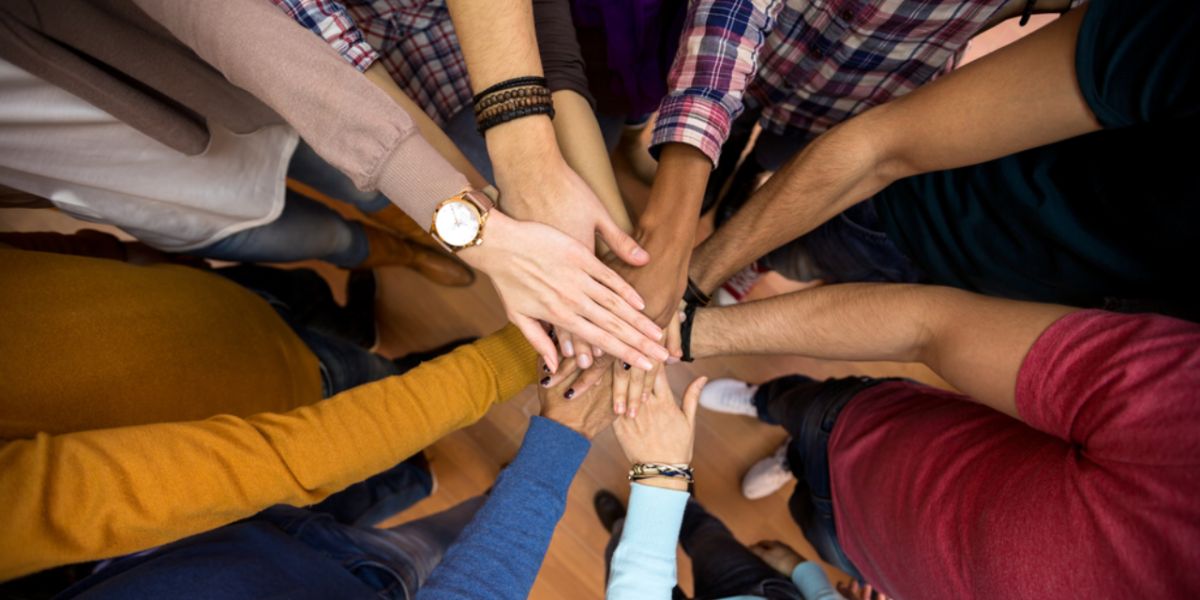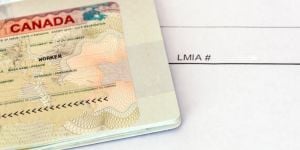
If you are considering immigrating to this country, renowned for its breathtaking landscapes and warm welcome, understanding these fundamental values is essential. Canada stands out for its commitment to creating an inclusive society, where every individual, regardless of their origin, culture, or orientation, is respected and encouraged to fully participate in social and professional life. This article sheds light on Canada's progressive policies, particularly in terms of inclusion and respect for diversity, both in the workplace and in everyday life.
Canada is globally recognized as a country that champions diversity and inclusion within its development. However, the country's history is not without blemishes: many injustices have been committed against Indigenous peoples in the past. Before the arrival of the first European immigrants, these Indigenous peoples already had languages and traditions as the first peoples of North America.
Today, Canada seeks to make amends to these minority groups. Its journey on the path of national reconciliation reflects the desire to progress towards a more inclusive society. Its rich Indigenous heritage, its bilingualism and multiculturalism policies, as well as the ongoing waves of immigration, contribute to making Canada a highly diverse country.
Some statistics on diversity in Canada
In Canada, more than 450 ethnic or cultural origins were reported in the 2021 Canadian Census. The next census is scheduled for May 2026. The origins "Canadian" (5.7 million people), "English" (5.3 million), "Irish" (4.4 million), "Scottish" (4.4 million), and "French" (4.0 million) were frequently mentioned origins.
Despite undeniable population growth, racialized groups remain very much in the minority compared to Caucasian Canadians. In 2021, South Asians (7.1%), Chinese (4.7%), and Black Canadians (4.3%) together represented 16.1% of the country's entire population.
More than half of the Canadian population reported having a religion linked to Christianity, while more than a third reported having no religious affiliation. Less than 5% of the Canadian population identifies as Muslim.
It is also important to consider the non-Canadian population of the country, as Canada has the highest proportion of immigrants among G7 countries. Nearly one in four people counted in the 2021 census is or has been a landed immigrant or a permanent resident. Asians, Europeans, and Africans... You will encounter all kinds of nationalities in Canada!
Diversity and inclusion in everyday life in Canada
The Canadian Charter of Rights and Freedoms recognizes that all citizens are equal, regardless of their gender, age, religion, or sexual orientation. Racist and xenophobic behaviors, as well as a lack of tolerance and open-mindedness, are generally very poorly perceived in Canada. The aspiration for gender equality, assistance for people with disabilities, the issue of ethnic minorities, and LGBTQI+ rights are values deeply rooted in society.
For example, during the Pride Season, street parties and parades take place across the country to celebrate the LGBTQI+ community. Moreover, major cities like Vancouver and Montreal each have an LGBTQI+ neighborhood, often very festive and popular throughout the year.
Same-sex marriage has been legal throughout Canada since the adoption of the Civil Marriage Act on July 20, 2005. At the time of the adoption of this law, courts had already made same-sex marriage legal in most Canadian provinces and territories. For example, the first Quebecois same-sex marriage took place in Montreal on July 18, 2002.
Women's social movements are also very present in Canada, particularly in Quebec, often described as a matriarchal and/or feminist society. Compared to other countries, Canada is reputed to be a very safe country for women. Street harassment is very rare.
Despite the numerous measures implemented by the government and NGOs to promote diversity and inclusion at all levels, socio-economic disparities persist in Canadian society, as in all countries. As shown by this study, new immigrants to Canada, particularly those who are racialized, are never completely safe from racism and discrimination. For more information, you can consult the Gender, Diversity, and Inclusion Statistics Hub from Statistics Canada.
Diversity and inclusion in the workplace in Canada
The concept of "diversity and inclusion" is particularly prevalent in the Canadian labor market. Bersin by Deloitte's research published in 2014 defines it as "the variety of people and ideas in a company, and the creation of an environment where everyone feels a sense of belonging and feels respected, valued, and interconnected, and expresses their authentic self". According to the report, nearly half of Canadian companies had already invested in diversity and inclusion strategies at the time. However, the same study showed that the implementation of these strategies was uneven and often took a back seat.
Ten years later, Canada has not abandoned its mission to make its workforce more inclusive and diverse, particularly in the public service. The government aims to be transparent by regularly publishing statistics on the overall representation of groups targeted by employment equity, including women, Indigenous peoples, persons with disabilities, and visible minorities. The government is considering possible amendments to the Public Service Employment Act and the Employment Equity Act.
While the visible progress is undeniable, it is clear that Canada still has a way to go to achieve its goals in terms of diversity and inclusion in the workplace. According to Statistics Canada, in 2021, the gender pay gap for full-time and part-time employees was 0.89, meaning that women earned 89 cents for every dollar earned by men. The wage disparities are particularly pronounced for racialized women, Indigenous women, and newly arrived women on the territory.
The Canadian Women's Foundation also notes that men are more likely (87%) to be employed full-time than women (75.6%). Only 13% of men are employed part-time, while 24.4% of women are part-time employees.
Living with a disability in Canada
In Canada, 59% of people with disabilities are employed, compared to 80% of people without disabilities. It is estimated that 1.9 million people with disabilities aged 15 to 64 are neither in school nor working. The employment rate is lower for people with disabilities, and they are more likely to hold less specialized jobs.
Thus, in 2022, Canada launched its very first Action Plan for the Inclusion of People with Disabilities. The plan includes various measures, including a job strategy for the concerned individuals, an investment of over 270 million dollars, the creation of a council on the inclusion of people with disabilities, and the modernization of the Employment Equity Act. For more information, consult this document.
Good to know:
You don't put your photo on your resume in Canada! The law prohibits discrimination based on personal and physical characteristics.
Useful links:
Canadian Centre for Diversity and Inclusion (CCDI)
We do our best to provide accurate and up to date information. However, if you have noticed any inaccuracies in this article, please let us know in the comments section below.








